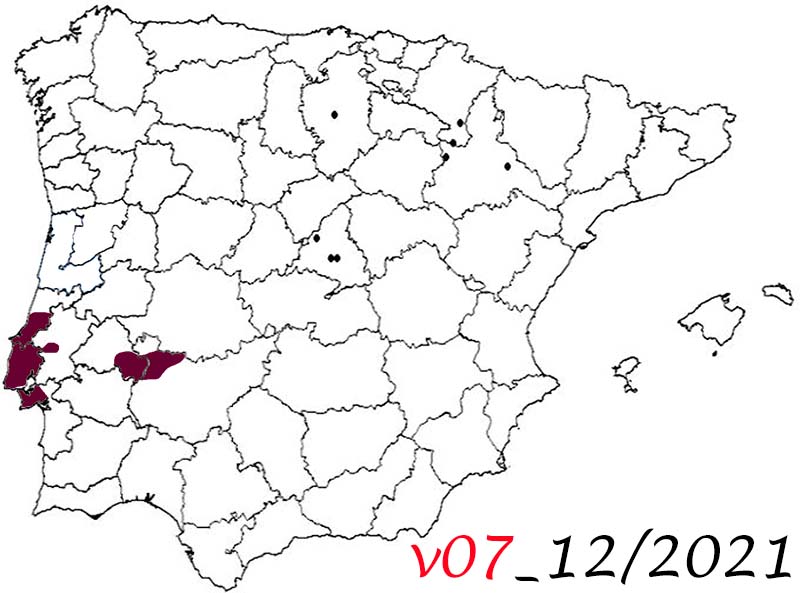


7. Trip to Portugal
7. Trip to Portugal
December 2 to 8, 2021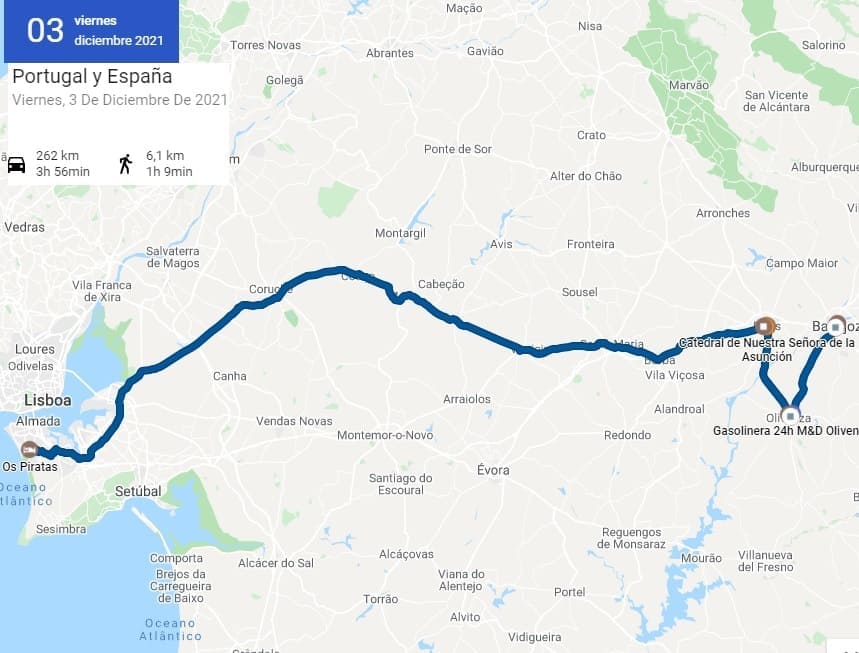


108. Olivenza
108. Olivenza
After visiting Badajoz, I would head south towards Olivenza. It is part of the most beautiful towns in Spain due, in addition to its monuments, to the homogeneity of the colors and materials used in the houses of the historic center. For the paving of its streets and the harmony with the environment.
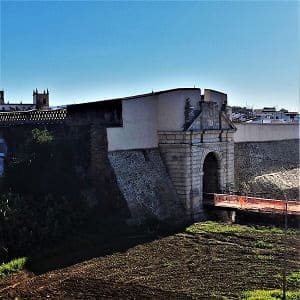
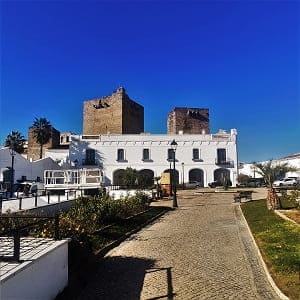
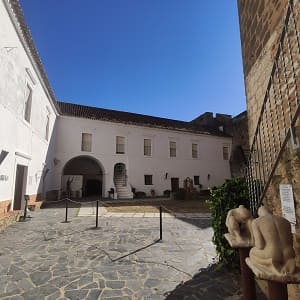 Olivenza has been the subject of dispute for centuries between Spain and Portugal. The Guadiana River being the natural border between the two nations, the cities that were facing each other were Olivenza and Elvas. Both have large walls, however Elvas has, apart from the bastions, two modern fortifications that make it impregnable until the invention of aviation.
Olivenza has been the subject of dispute for centuries between Spain and Portugal. The Guadiana River being the natural border between the two nations, the cities that were facing each other were Olivenza and Elvas. Both have large walls, however Elvas has, apart from the bastions, two modern fortifications that make it impregnable until the invention of aviation.
Olivenza was also very important in the reconquest against the Arabs, and it has a very successful wall.
The Alconchel gate, in the bottom image of the thread, gives access to the historic center where we will find the most important monuments: the castle and the church of Santa Maria del Castillo, as well as the most important church of Saint Mary Magdalene.
The Castle of Olivenza, in the lower image, and inside the right image, was built by the Order of the Temple to which Alfonso IX ceded the village as payment for his help in the conquest of the taifa of Badajoz. After passing into Portuguese hands, Don Dinís walled it up in 1298. Later, in 1488, Don Joao ordered the erection of the keep, which turned out to be the highest in Portugal. After passing through Portuguese, Spanish and French hands, Olivenza has belonged to the kingdom of Spain since 1801. It was badly damaged during the War of Independence and due to subsequent abandonment.
The church of Santa María del Castillo is located inside Olivenza Castle and gave its name to one of the old districts of this city, the village of Santa María del Castillo. It was initially built in the 13th century, having to be later rebuilt in the 16th century. Today this castle houses the ethnographic museum of the city with popular cultures and traditions.
The most outstanding church is the church of Santa María Magdalena which imitates the Portuguese religious style, the manualino, with helicoidal columns that seem to twist on themselves.
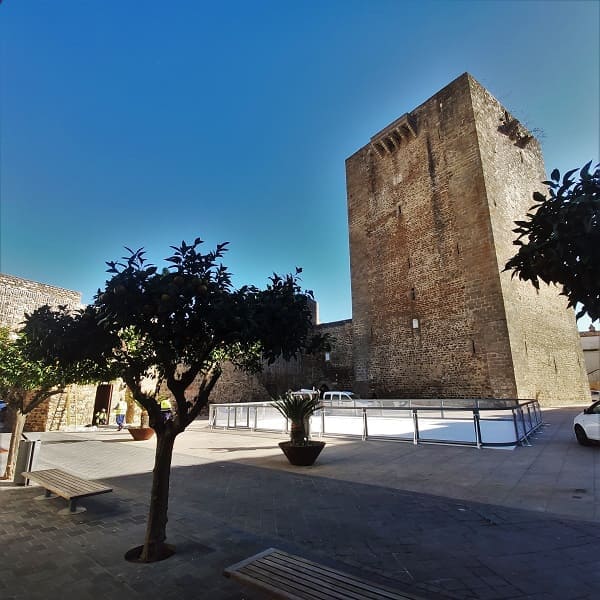
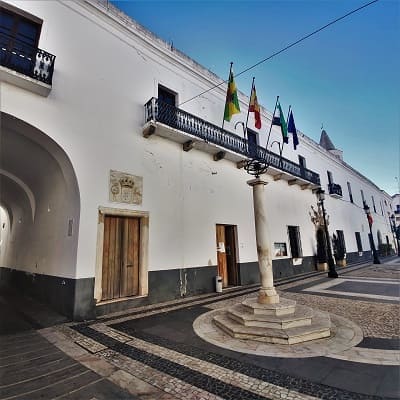
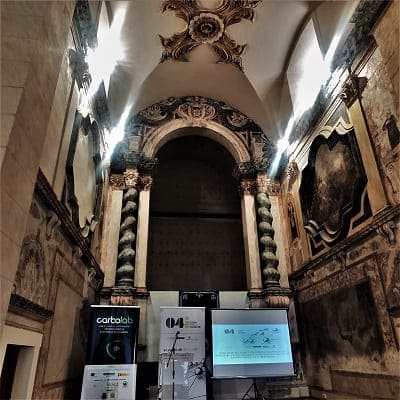
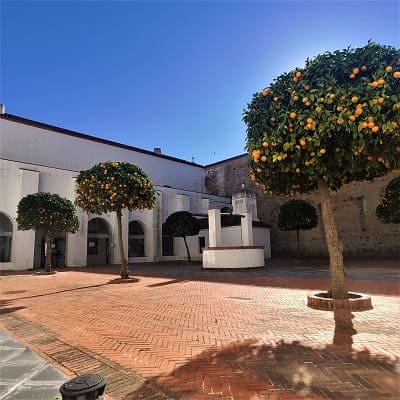


109. Elvas
109. Elvas
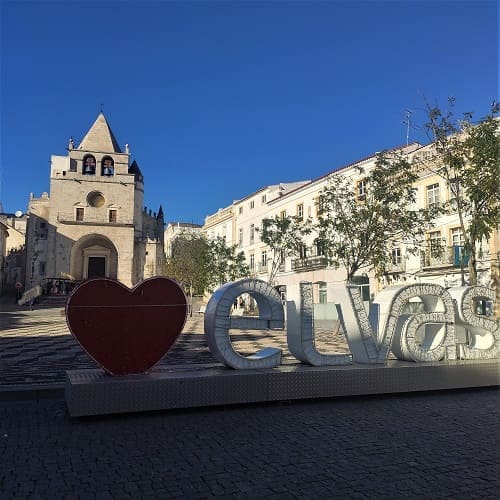
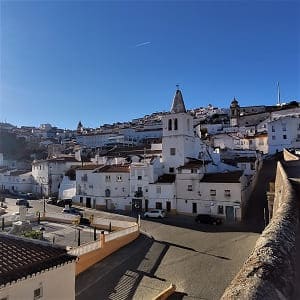 Walking with the car about 30 kms I will arrive at Elvas.
Walking with the car about 30 kms I will arrive at Elvas.
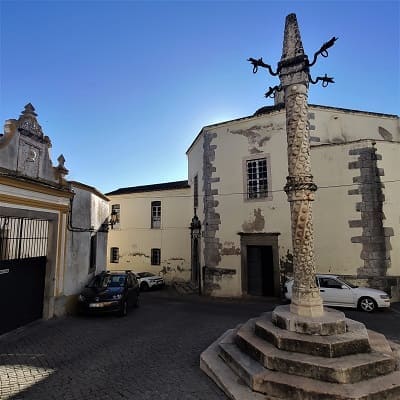
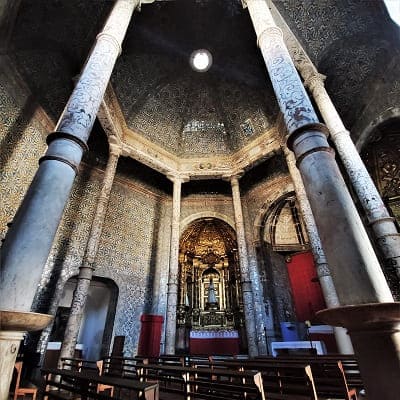
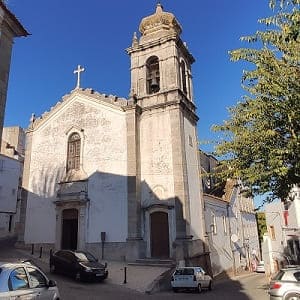
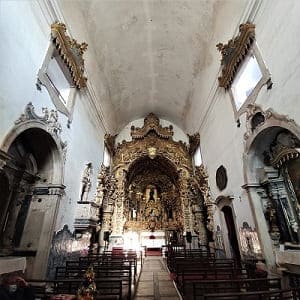
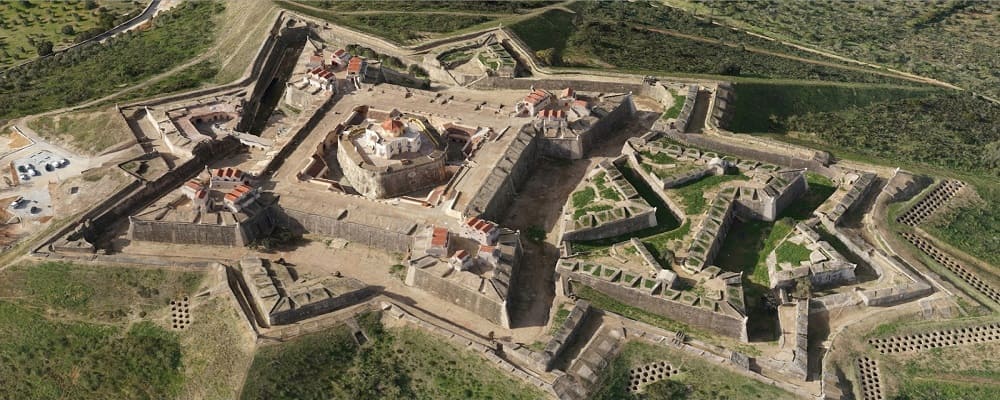
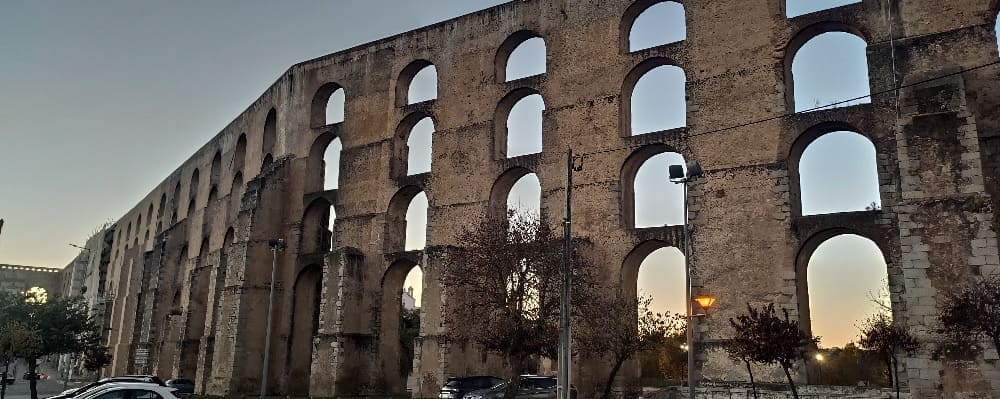
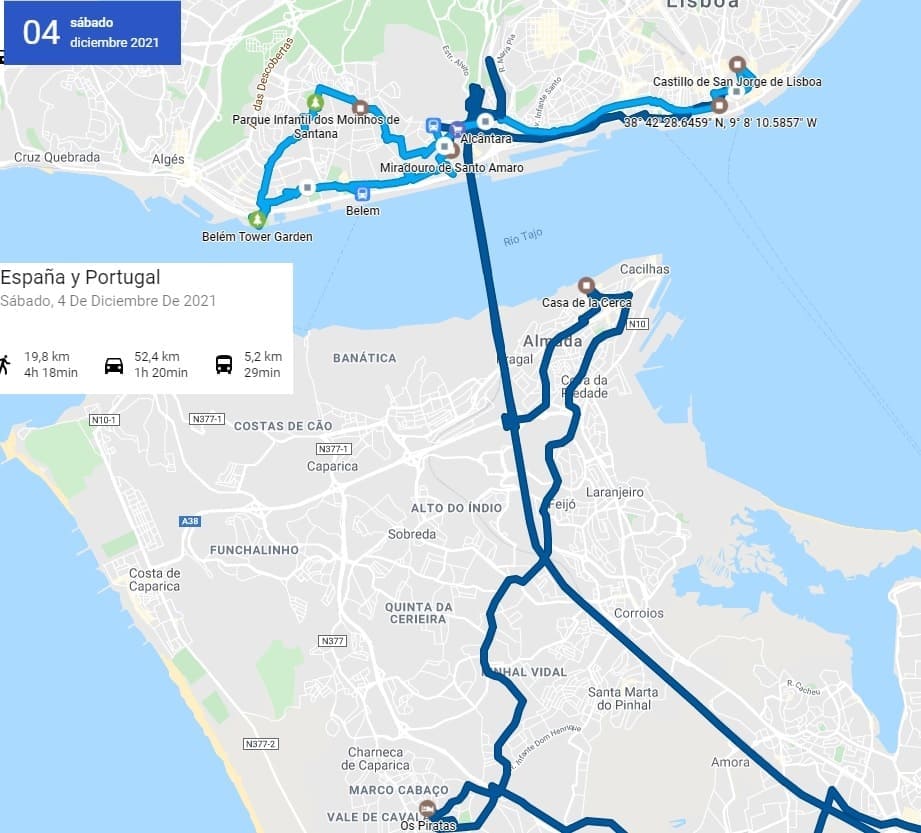
© 2016 - All Rights Reserved - Designed by Sergio López Martínez